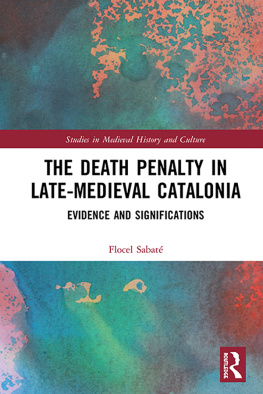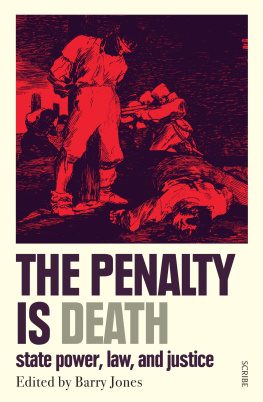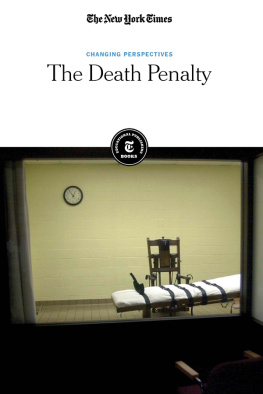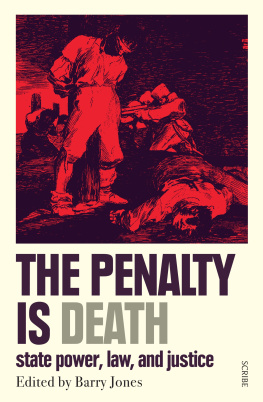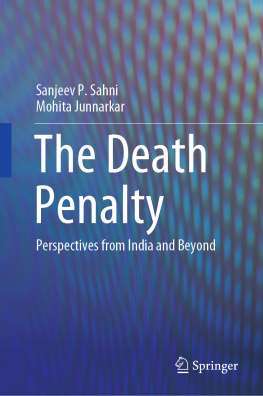The Death Penalty in Late-Medieval Catalonia
The death penalty was unusual in medieval Europe until the twelfth century. From that moment on, it became a key instrument of rule in European society, and we can study it in the case of Catalonia through its rich and varied unpublished documentation. The death penalty was justified by Roman Law; accepted by Theology and Philosophy for the Common Good; and used by rulers as an instrument for social intimidation. The application of the death penalty followed a regular trial, and the status of the individual dictated the method of execution, reserving the fire for the worst crimes, as the Inquisition applied against the so-called heretics. The executions were public, and the authorities and the people shared the common goal of restoring the will of God which had been broken by the executed person. The death penalty took an important place in the core of the medieval mind: people included executions in the jokes and popular narratives while the gallows filled the landscape fitting the jurisdictional limits and, also, showing rotten corpses to assert that the best way to rule and order the society is by terror.
This book utilises previously unpublished archival sources to present a unique study on the death penalty in Late-Medieval Europe.
Flocel Sabat is Professor of Medieval History at the University of Lleida, Spain and Doctor Honoris Causa of the Universidad Nacional de Cuyo, Argentina. He is director of the journal Imago Temporis Medium Aevum and president of the Association of the Historians of the Crown of Aragon. He has served as a guest professor in universities and research centres such as Concepcin, ENS (Lyon), JSPS (Tokyo), Lisboa, Mexico, Paris-1, Poitiers, and Yale.
Studies in Medieval History and Culture
Recent titles include
The Charisma of Distant Places
Travel and Religion in the Early Middle Ages
Courtney Luckhardt
The Death Penalty in Late Medieval Catalonia
Evidence and Signification
Flocel Sabat
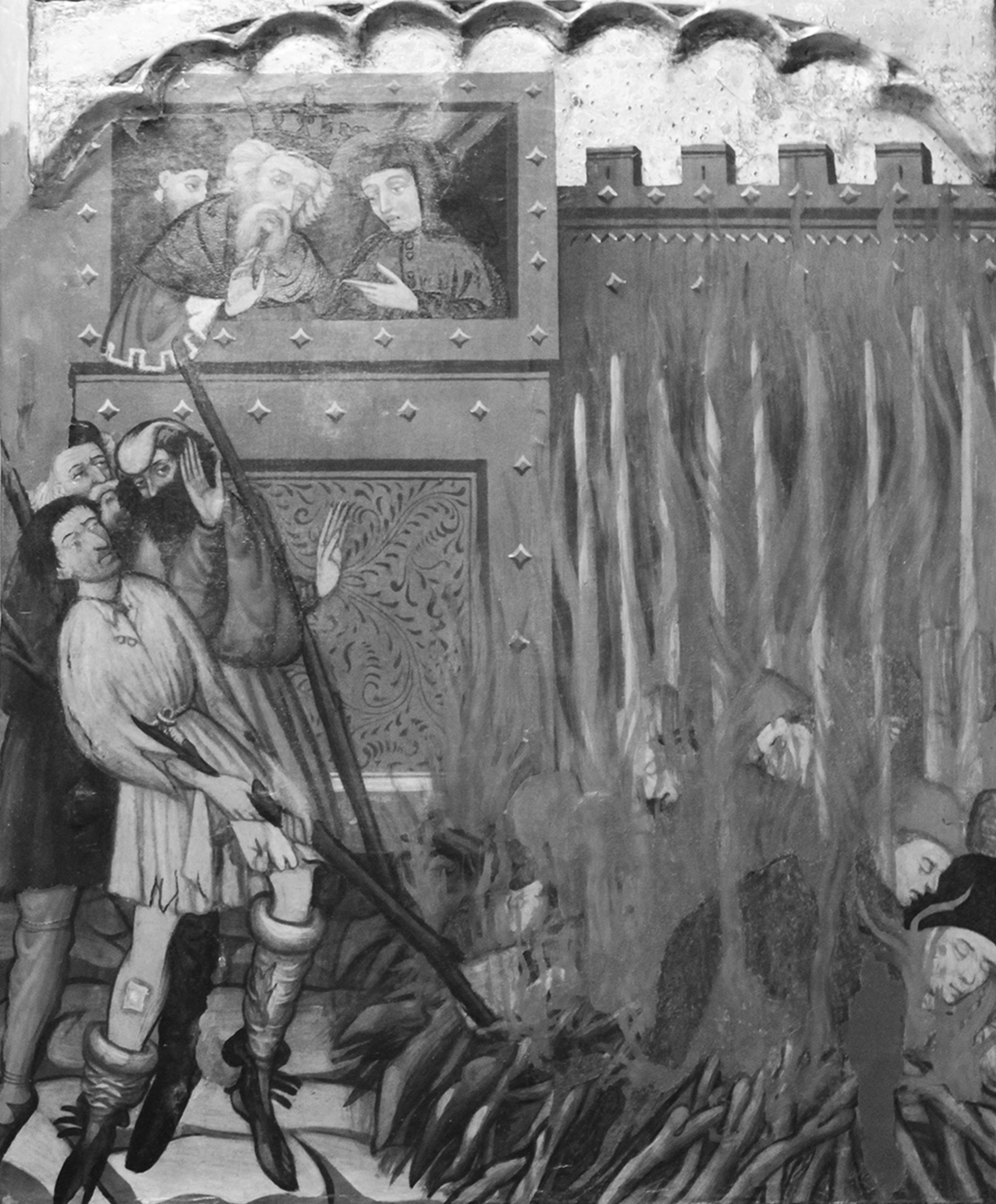
Research Project Feelings, Emotion and Expressivity (12th-15th centuries) (HAR2016-75028-P), funded by the Spanish Ministry of Economy, Industry and Competitiveness
Frontispiece image: Detail of the altarpiece devoted to Saint Catherine showing the martyrdom on the pyre of her colleagues. Master of Glorieta, Tarragona school, from the church of Mas de Bondia, currently in the Episcopal Museum of Vic, MEV 1051-1052.
First published 2020
by Routledge
2 Park Square, Milton Park, Abingdon, Oxon OX14 4RN
and by Routledge
52 Vanderbilt Avenue, New York, NY 10017
Routledge is an imprint of the Taylor & Francis Group, an informa business
2020 Flocel Sabat
The right of Flocel Sabat to be identified as author of this work has been asserted by him in accordance with sections 77 and 78 of the Copyright, Designs and Patents Act 1988.
All rights reserved. No part of this book may be reprinted or reproduced or utilised in any form or by any electronic, mechanical, or other means, now known or hereafter invented, including photocopying and recording, or in any information storage or retrieval system, without permission in writing from the publishers.
Trademark notice: Product or corporate names may be trademarks or registered trademarks, and are used only for identification and explanation without intent to infringe.
British Library Cataloguing-in-Publication Data
A catalogue record for this book is available from the British Library
Library of Congress Cataloging-in-Publication Data
A catalog record for this title has been requested
ISBN: 978-0-367-18863-4 (hbk)
ISBN: 978-0-429-19888-5 (ebk)
This book, revised, extended and updated in 2018, is based on the seminars that Professor Gabrielle Spiegle was kind enough to invite me to give in Johns Hopkins University in Baltimore in November 2008 under the title The death penalty in Late-Medieval Catalonia. Reality and significations. In line with the format of these seminars, my interventions led to very enriching debates among my fellow historians there, whom I thank very effusively, especially Rita Costa Gomes (Towson University), Richard Kagan (Johns Hopkins University) and Katherine Ludwig Jansen (The Catholic University of America), as well as the above-mentioned Gabrielle Spiegle.
With this aim, the first draft was written some months before in New Haven, where I was residing as a guest professor invited by the Council on Latin American and Iberian Studies at the Whitney and Betty MacMillan Center for International and Area Studies at Yale University. I must express my most sincere thanks to Professor Paul H. Freedman not only for his warm welcome to Yale but also, here very specifically, because he was the first to read the hundred and seventy pages of the first draft of this book and generously to make rich hand-written suggestions on the text and which I still keep in one of the black and gilded folders we used in Yale University.
However, it must be mentioned that, shortly before this, in November 2006, Iaki Bazn, lecturer at the Universidad del Pas Vasco, had organised the congress La pena de muerte en la sociedad europea medieval in Durango (Spain) and was kind enough to invite me to give the talk La pena de muerte en la Catalua medieval. This led to the first publication on the subject, in an extensive article of mine under the same title that appeared the following year in volume 4 of the journal Clio & Crimen, which shows part of the structure and essential traits which form the basis of this book.
At the same time, this work was supported by the research into the investigations undertaken by different officers and judicial process against crime in late-medieval Catalonia that, although still unpublished, I wrote in Paris during the 20042005 course. This was thanks to the invitation from Professor Jean-Philippe Genet to join the Laboratoire de Mdivistique Occidentale de Paris in the Universit Paris I Panthon-Sorbonne as a guest professor and, specifically for what concerns us here, to the encouragement of Professor Claude Gauvard, who was kind enough to propose that I give the seminar Rechercher et sinformer sur le crime en Catalogne au XIVe sicle in May 2005 in the same university.
The central nucleus of the book was later enriched thanks to the inquiries centred on the instruments of punishment and their varied significance. In January 2014, Martine Charageat enabled this reflection by organising a congress in the Universit Bordeaux 3 Michel de Montaigne specifically focussed on the gallows Les fourches patibulaires du Moyen ge lpoque Moderne, to which I was invited to speak about Les fourches patibulaires en Catalogne au Bas moyen ge. This text, together with the scientific meeting, were later published in a specialised online journal (Criminocorpus. Revue Hypermdia. Histoire de la Justice, des crimes et es peines ).
I continued my research into the polysemy of the gallows, which was an instrument of aggression against the body of the condemned as well as a symbol of jurisdiction in a scenario of fragmented power like medieval Catalonia and, at the same time, transmitter of terror by a political power because those in high places tried to strengthen their position through the intimidation of the gallows to enter a pact stronger. I presented my conclusions about this specific research, which have remained unpublished, in two South American scenarios: the

